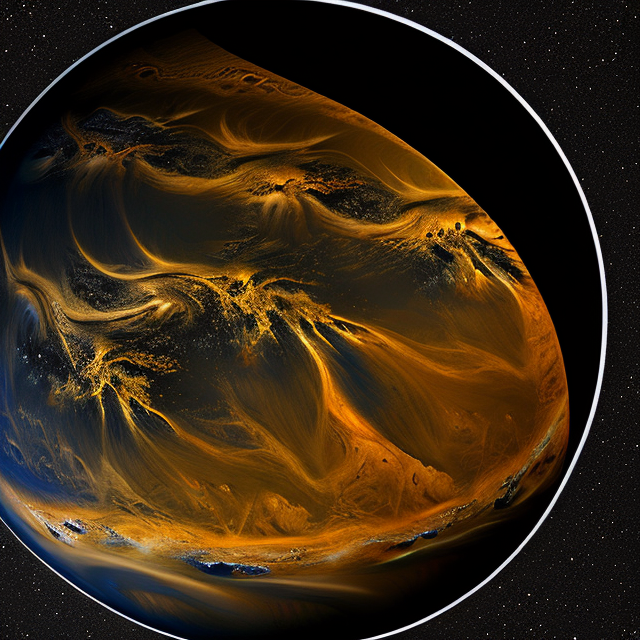|
|
Space Astro
|
Info for exoplanet "Hemis"
| Scientific (actual) data |
|---|
| Planet | HD 204941 b |
| Planet status | Confirmed |
| Mass sini | 0.266 |
| Orbital period | 1733 |
| Semi major axis | 2.56 |
| Orbit eccentricity | 0.37 |
| Angular distance | 0.094815 |
| Discovered | 2011 |
| Updated | 2011-08-01 |
| Omega | 228 |
| Tperi | 2456020 |
| Publication | Published in a refereed paper |
| Detection type | Radial Velocity |
| Star name | HD 204941 |
| Right ascension | 323.1° |
| Declination | -20.96° |
| Mag v | 8.45 |
| Star distance | 27 |
| Star metallicity | -0.19 |
| Star mass | 0.74 |
| Star radius | 0.72 |
| Star age | 6.67 |
| Star temperature | 5056 |
| Wikipedia article | HD 204941 b |
Back
| |
| Fictional info (?) |
|---|
| Suggested name | Hemis |
| Planet type | Cold planet |
| Hemis is the fourth planet from HD 204941 and the second-smallest planet in its solar system. Orbiting within Arielton's orbit, Hemis is an inferior planet and never appears to venture far from HD 204941; its maximum angular distance from HD 204941 (elongation) is 26 degrees.
This planet is named after the deity Hemis, the god of hate.
As seen from HD 204941, in a frame of reference that rotates with the orbital motion, it appears to rotate only once every two years.
Its orbital eccentricity is the largest of all known planets in its solar system; at perihelion, Hemis's distance from HD 204941 is only about two-thirds (or 46 pct) of its distance at aphelion.
Hemis is the site of Celestium Mons, the tallest volcano and second-highest known mountain in its solar system, and of Valles Marineris, one of the largest canyons in its solar system.
The Hemis system has a unique configuration among those of the planets because its axis of rotation is tilted sideways, nearly into the plane of its solar orbit. Its north and south poles, therefore, lie where most other planets have their equators. |
| Atmosphere | Xenon | 82% |
| Nitric oxide | 15% |
| Nitrogen | 2.4% |
| Molecular hydrogen | 0.083% |
| Krypton | 9.4E-5% |
| Oxygen | 1.1E-5% |
| Atmospheric pressure | 3 bar |
 |
| Moon | Hydame Si | Large potato shaped crater-filled comet |
| Google search for Hemis |
|
Website by Joachim Michaelis
|
|
|
|